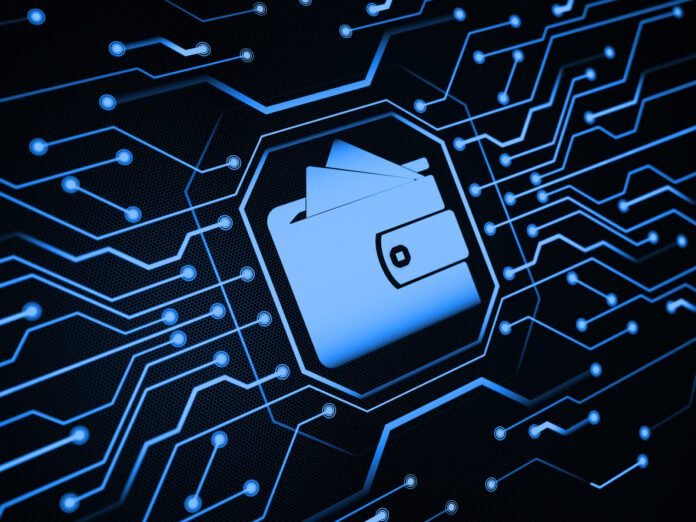Last Updated on July 19, 2024 by Asfa Rasheed
In the dynamic terrain of the modern economic sector, Electronic Money Institutions have emerged as key players, transforming the way we handle transfers and manage funds. This article delves into the intricacies of Electronic Money Institutions License, exploring their connotation, acclaims from conventional banks, associated advantages and challenges, regulatory substructures, technical underpinnings, and their pivotal role in the digital economy.
Table of Contents
What are EMIs?
E-Money Establishments are economic entities that specialize in supplying e-payment services. Unlike conventional banks, EMIs focus primarily on facilitating e-transmissions and managing e-funds. These establishments play a crucial role in the developing monetary landscape by harnessing technology to offer imaginative and efficient monetary services.
EMIs operate within a more specialized scope analogized to conventional banks. While conventional banks supply a wide range of monetary services, including loans, mortgages, and various investment products, EMIs concentrate specifically on e-money services. This distinction reflects a shift towards a more digital-centric approach in managing monetary transfers.
The services offered by EMIs include e-wallets, prepaid cards, and other digital remittance solutions. Users can leverage these services to conduct transfers in real-time, reducing dependence on physical currency. EMIs often emphasize flexibility, speed, and availability in monetary transfers, catering to the growing demand for digital and cashless payment methods.
The rise of EMIs is closely linked to the technical promotions that enable secure and efficient e-transfers. Blockchain advancement, cryptographic algorithms, and secure request programming interfaces (APIs) are among the key components that contribute to the functionality and security of EMIs. These technical foundations assure the confidentiality and integrity of e-transfers, fostering trust among users.
Differentiating EMIs from Traditional Banks
One fundamental aspect that sets EMIs apart from conventional banks is their core focus on e-transfers. While conventional banks offer a wide range of monetary services, including loans, mortgages, and various investment products, EMIs specialize in e-money services. This distinction is significant as it reflects a shift towards a more digital-centric approach in managing monetary transfers.
Traditional banks typically operate under a broader regulatory substructure that encompasses a wide array of monetary activities. In contrast, EMIs concentrate on e-funds and remittances, allowing them to streamline their operations and adapt to the rapidly changing technical landscape.
Advantages and Challenges of EMIs
EMIs bring several advantages to the table, offering users enhanced flexibility, speed, and accessibility in economic transfers. With e-money, users can conduct transfers in real-time, reducing the reliance on physical currency. Moreover, EMIs often supply cost-effective solutions, eliminating the need for conventional banking structure and associated overheads.
However, like any economic institution, EMIs face challenges. Cybersecurity concerns, regulatory conformity, and building trust in digital monetary services are some of the hurdles they must overcome. Striking the right balance between invention and security is crucial for the sustained success of EMIs.
Global and Regional Regulatory Controlling EMIs
The operations of E-Money Establishments are subject to a comprehensive regulatory substructure, both at the worldwide and regional levels. These regulations are put in place to assure the security, translucence, and stability of monetary transfers. Below, we explore the worldwide and regional regulatory aspects controlling EMIs:
Worldwide regulations:
Financial Action Task Force (FATF): The FATF is an intergovernmental organization that sets worldwide standards for combating money laundering and terrorist sponsoring. EMIs are subject to FATF guidelines, requiring them to implement robust anti-money laundering (AML) and counter-terrorist financing (CTF) efforts.
Basel Committee on Banking Supervision: While primarily focused on conventional banks, the Basel Committee’s standards on banking supervision indirectly influence the regulatory environment for EMIs. The principles related to risk governance and fund adequacy may impact EMIs, especially if they offer services with inherent economic risks.
Worldwide Organization of Securities Commissions (IOSCO): EMIs involved in the issuance or governance of e-securities may be subject to IOSCO standards. These standards aim to protect investors and assure fair and efficient markets.
European Union (EU) Regulations:
Electronic Money Directive (EMD): The EU has specific regulatory controlling e-money, known as the Electronic Money Directive. It establishes a regulatory substructure for the issuance of e-money and the operation of EMIs within the EU. EMIs must comply with demands related to fund adequacy, safeguarding funds, and consumer protection.
Payment services Directive 2 (PSD2): PSD2 is another EU directive that impacts EMIs by promoting competition and invention in the payment services sector. It introduces open banking practices, enabling third-party access to account info and payment initiation, with security efforts to protect consumers.
United Kingdom (UK) regulations:
Financial Conduct Authority (FCA): In the UK, EMIs are controlled by the Financial Conduct Authority. The FCA oversees conformity with the Electronic Money regulatory, assuring that EMIs meet the necessary standards for authorization, conduct, and consumer protection.
The Technology Behind EMIs
At the heart of EMIs lies cutting-edge technology that enables seamless e-transfers. Blockchain, cryptographic algorithms, and secure request programming interfaces (APIs) are among the technical components that contribute to the functionality and security of EMI. These expansions assure the confidentiality and integrity of e-transfers, fostering trust among users.
The Role of EMIs in the Virtual Economy
EMIs play a pivotal role in shaping the e-economy by supplying the structure for efficient and secure e-transfers. In a world that is increasingly moving towards a cashless society, EMIs contribute to monetary inclusion by offering services to individuals and businesses that may not have access to conventional banking.
Moreover, EMIs serve as catalysts for invention in monetary services. Their agility and focus on digital transfers enable them to adapt quickly to technical advancements, offering users novel solutions for their monetary needs.
Conclusion
In conclusion, the world of E-Money Establishment is a fascinating intersection of technology, finance, and regulations. As we navigate the digital age, EMIs have emerged as pivotal players, reshaping how we transact and manage funds. The differentiation from conventional banks, coupled with the advantages and challenges they face, highlights the unique position EMIs hold in the monetary ecosystem.












